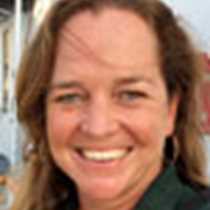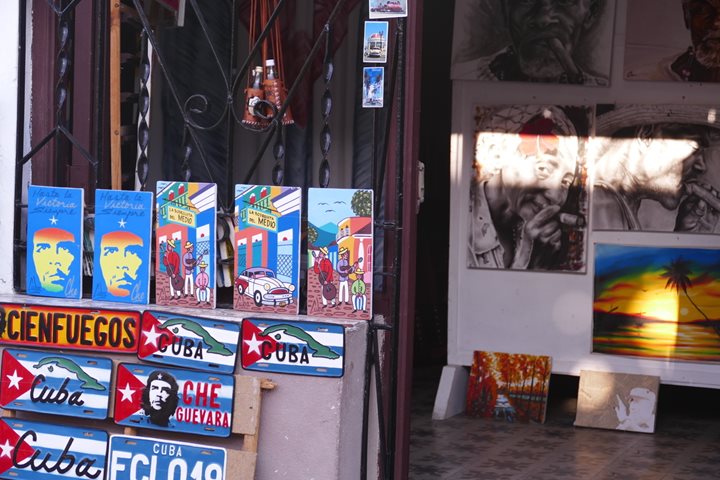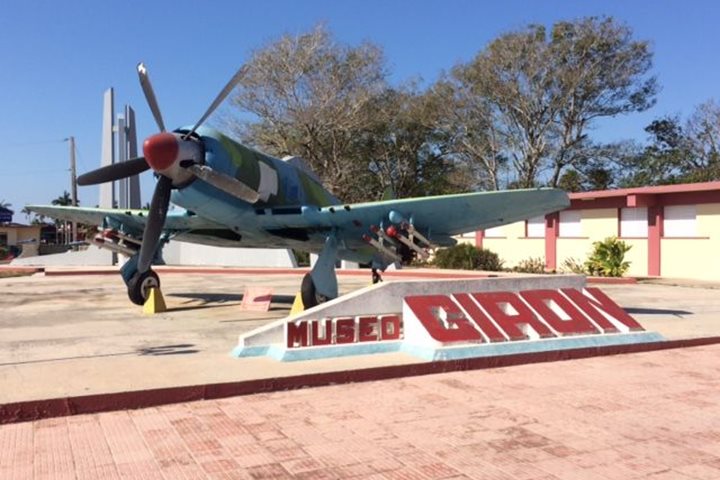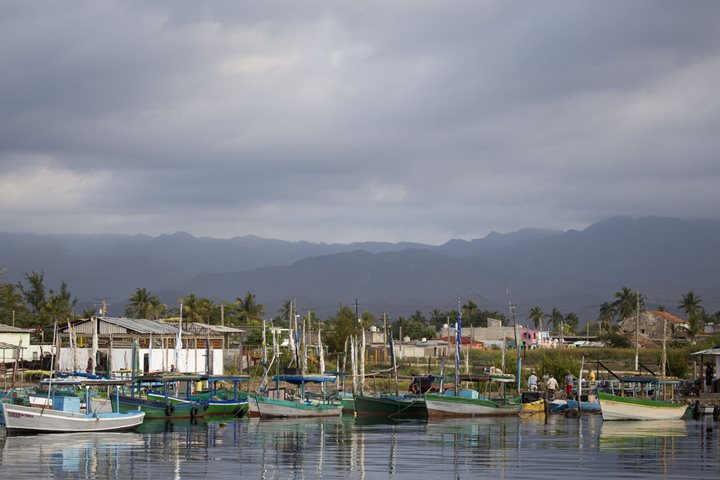After four busy days in Havana and on the road to Cienfuegos, our guests arrived onboard yesterday to the welcome news that, due to weather conditions towards the end of the week, we have re-arranged our itinerary to have our longest sailing days at the beginning of the week. Rather than our usual program, we were thus scheduled for a day at sea today, a great opportunity to re-group, relax (especially welcome with the change to daylight savings!), work on our photos, and listen to some of our staff presentations.
Early this morning, at daybreak, we cast off from the dock at Cienfuegos and sailed down the Cienfuegos Channel past scenic homes and settlements, watching fishermen cast their nets and sea birds, such as pelicans, skimmers and herons, flying about their daily business. Once out at sea, we had excellent conditions, with just a slight rocking movement, perfect for a day looking out for marine life.
The Caribbean Sea is a sub-oceanic basin of the western Atlantic Ocean, lying between 9° to 22° N and 89° to 60° W. It is approximately 1,063,000 square miles in extent, bound to the south by the coasts of Venezuela, Colombia, and Panama, to the west by Costa Rica, Nicaragua, Honduras, Guatemala, Belize, and the Yucatán Peninsula of Mexico, to the north by the Greater Antilles islands of Cuba, Hispaniola, Jamaica, and Puerto Rico and to the east by the Lesser Antilles chain. Though sheltered, it can become tumultuous, so we were happy with these lovely conditions.
Though most of the biological richness in this sea is found in the coral reefs that run along the coast of the landmasses surround the sea and the islands within, our time spent on deck was rewarding. Clumps of Sargasso weed floated by, these rafts a shelter for many species of marine invertebrates, fish and even juvenile sea turtles. Flying fish were scattered by our progress and a few sea birds were spotted, including brown boobies, masters of the plunge dive. The highlight might have been a school of 40 or so dolphins that came to ride our bow and play in our wake. After a little investigation we concluded that these were most likely Clymene (previously-known as short-snouted spinner) dolphins, the only confirmed case of a new mammalian species arisen by hybridization (between spinner and striped dolphins) and endemic to the Atlantic.
Presentations included an entertaining lesson in Cuban spoken language by our cultural specialist, Jeff Phillippe, and an overview of Island Biogeography and Cuban Diversity by our expedition leader Emma Ridley.
After a day of re-charging our batteries, we were now ready to continue our explorations of this fascinating archipelago!







